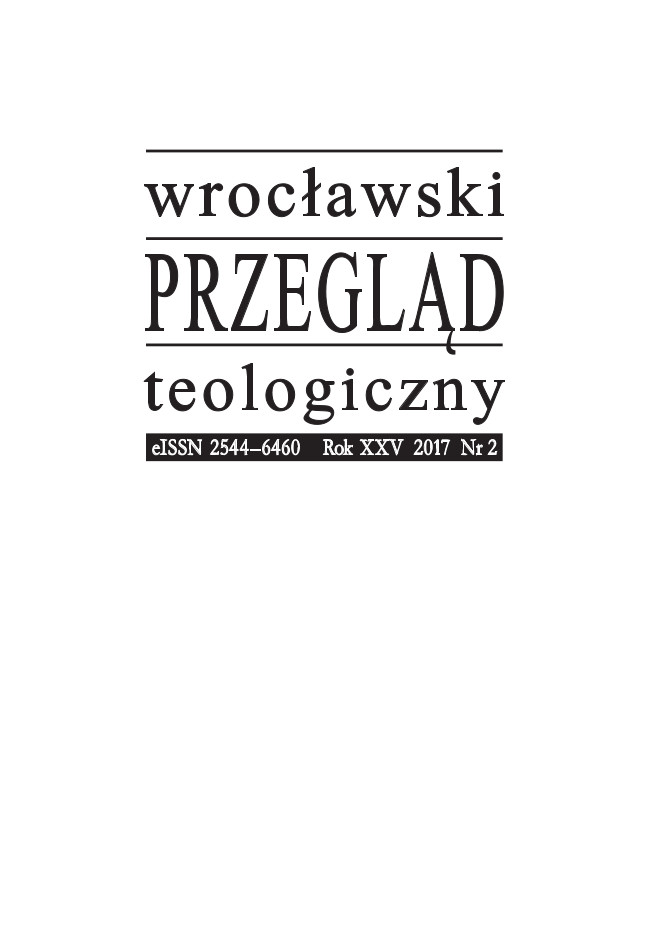Ikonograficzne przedstawienie treści dogmatu trynitarnego na przykładzie ikony Trójcy Świętej Andrzeja Rublowa
Iconographic Presentation of the Trinitarian Dogma’s Content Using the Example of Andrei Rublev Icon “The Trinity”
Author(s): Jan Strumiłowski OCistSubject(s): Christian Theology and Religion, Fine Arts / Performing Arts, Visual Arts, Theology and Religion, Eastern Orthodoxy
Published by: Papieski Wydział Teologiczny
Keywords: Trinitarian dogma;icon;Andrei Rublev;aesthetics;Revelation;
Summary/Abstract: The byzantine art is based upon the Christological dogma. The artistic representations of Christ and saints is justified by the fact of incarnation. Since God became visible in Christ, it is possible to represent the God’s Son in the venerable images. However, such a strong connection between the legitimacy of the icon and the Christological doctrine raises the question whether it is possible to express other particular dogmatic contents by means of that art and aesthetics.The present article attempts to read integrally the Trinitarian truth as represented in the Andrei Rublev icon “The Trinity”. Yet, such integral reading requires not only to read the content displayed in the icon, but also to analyse if the internal dynamism of the aesthetic expression of the divine truth, besides its Christological justification, has a Trinitarian reason as well.
Journal: Wrocławski Przegląd Teologiczny
- Issue Year: 25/2017
- Issue No: 2
- Page Range: 19-31
- Page Count: 13
- Language: Polish

